Rachel Nabors, writing in You literally cannot pay me to speak without a Code of Conduct, includes a principle I’ve been trying to adopt myself of late:
I have a principle that drives my every decision in life: do unto others as I wish people had done for me when I was young and needed help.
My Saturday afternoon activity yesterday in Greater Crapaud was seeking out the Tryon River Trail, a trail maintained by the Tryon & Area Historical Society that runs through the woods and along the salt marsh beside the Tryon River.
The main trailhead is on Route № 10 before you go around the bend to the church, across the road from the Tryon Museum.
Conditions weren’t the best for a hike yesterday, so I could only make it about halfway through the first trail segment before I had to double back to Samuel Holland Lane and walk up the road a bit to where the trail continues along the river on the other side. About 5 minutes into that stretch of the trail there’s a lovely bench in a sun-filled glade that was about the most peaceful place on Earth I’ve come across in a long while.
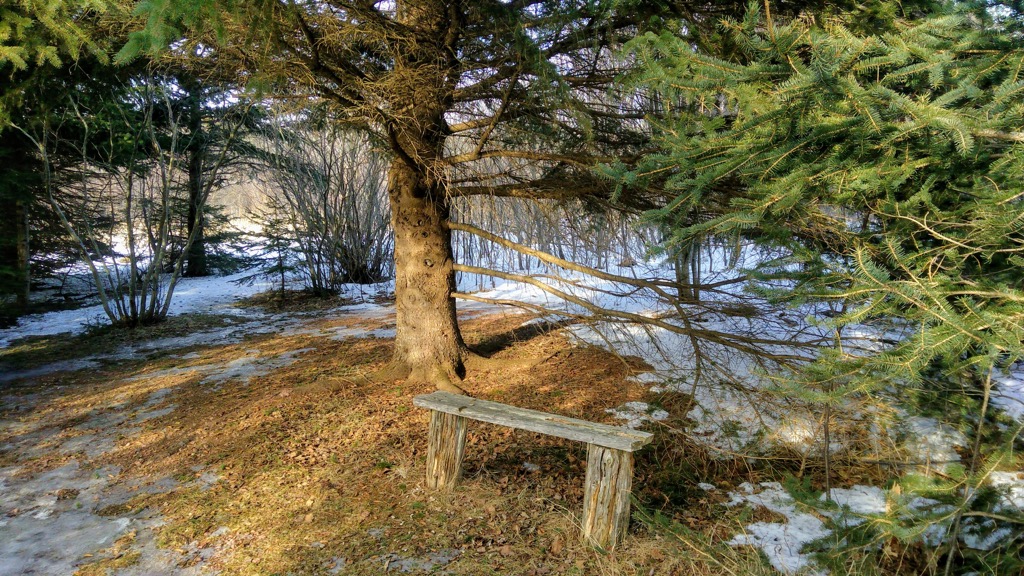
I added the trail to OpenStreetMap, so it’s now available on Waymarked Trails should you like to seek it out one winter afternoon yourself; adding trails like this is another daily OpenStreetMap habit, like updating the hours of your local restaurant, that can be built into a blogging routine with positive spin-offs elsewhere.
Rob Delaney, who co-writes and co-stars in the British TV show Catastrophe, is a very funny man. But as funny as he is, he is even better at truth-telling, which is what he does in this interview with Russell Howard about the death of his son Henry and the grief that followed.
Midway through the interview Delaney discusses the discomfort others have with talking to someone who’s experienced a loss:
What I would say to someone in that situation—and it’s not one size fits all—you know somebody who’s lost, you know, like a big one, like a sibling or a child or a spouse or something: they’re thinking about that… I’m thinking about Henry. So if you come up to me and you say, you know, “hey I heard it’s been just about a year since your son passed away,” and I would say “yah, yah, it has…”, you might think you brought him up; you didn’t bring him up, I was already thinking about him, and you allowed me to just talk about him a little bit and think about him, and to me that’s such a pleasure…
I heard something similar several years ago from a friend whose son had died: when others avoided the subject, out of fear that bringing it up would be uncomfortable, it was a little bit like his son had never existed. Like Delaney, he was thinking about his son all the time, and to be able to share that with someone was a gift, not a discomfort.
Seven years ago I posted the text of a talk I gave 25 years ago in St. John’s, Newfoundland, Adventures on the Information Red Clay Road: Getting Wired Cheap. I was able to do this because my friend Art Rhyno had kept a copy of the text and sent it to me.
At the time I didn’t have the slides that I used to accompany the talk–this was 1994, before Powerpoint and Keynote, so we used slide projectors for our “decks”–and so I could only post the text.
But a lucky bit of slide scanning yesterday produced the slides I’d used all those years ago, and so, with those slides scanned, I was able to update the post with the images that were projected while I spoke.
My favourite part of the talk–and the part that the images best help to illustrate–was a series of slides showing the route our leased copper connection to the Internet took from my office in the PEI Crafts Council on Richmond Street, into the basement, out the back of the building, along to Sydney Street, and up Queen Street to Island Tel and the Internet.
As I wrote in 2012, “It seems as though every decade or so I’m destined to revisit a talk I gave…” I’m 3 years early this time around. Perhaps someone will unearth the audio for the 2022 update?
A month into my /now experiment, I’ve updated my /now, editing to reflect what’s actually happening and, inspired by Belle B. Cooper (whose Exist.io I’ve started to use, inspired by Jeremy Cherfas), I’ve added a section about the tools I use on my Mac and on my phone.
Robertson Library at the University of PEI has a Jumbl slide scanner available, for in-library use, at the service desk. It doesn’t look like much–it’s smaller than a bread box–but it turns out to be a very capable, easy to use way of quickly scanning a lot of 35mm slides.
I know this because last night, as Oliver was attending a Young Greens meeting on campus, I set myself up with the slide scanner and a Mac in a corner of the library, and tried my hand at it.
At my side was a cache of slides that I discovered last fall when we were emptying our attic: I’d forgotten that, until Catherine and I bought our first digital camera in 2000, a lot of the photographs we took got developed as slides. I also somehow came to be the holder of a certain subsection of the Rukavina family slide archive. And so I ended up scanning a mixture of Rukavina baby pictures, photos of Catherine’s art work from the years before we met, photos of Great Lakes core samples, travel photos from my childhood, pictures of trips Catherine and I took before Oliver, and a fascinating collection of photos of my project at the PEI Crafts Council 25 years ago that I thought were lost to time.
Here’s a random selection of what I scanned last night:
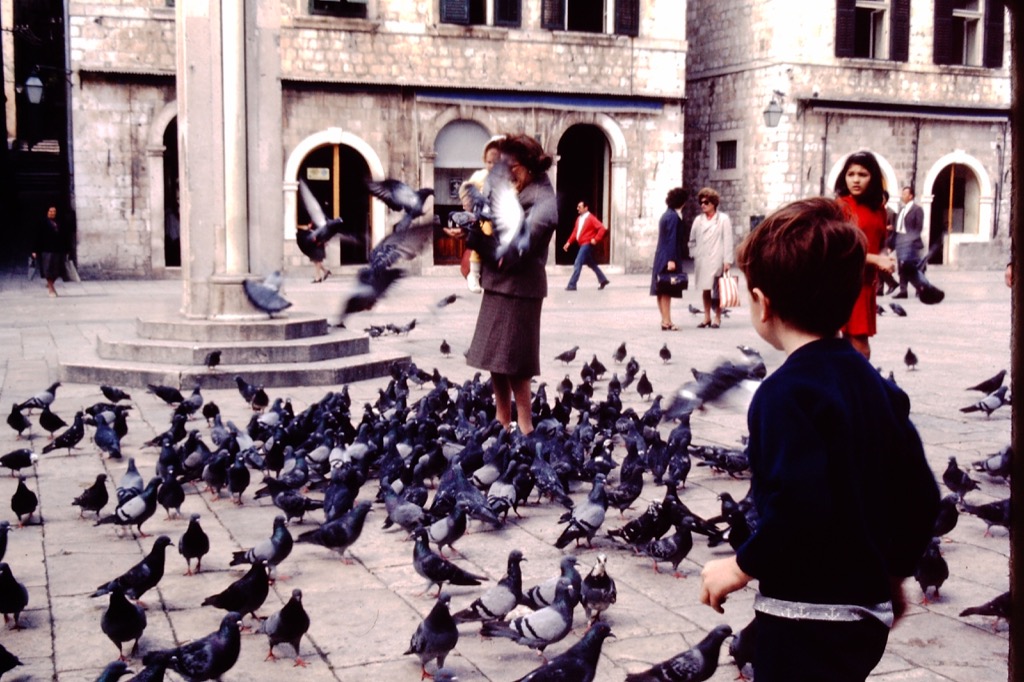
My brother Mike in Europe in 1972.
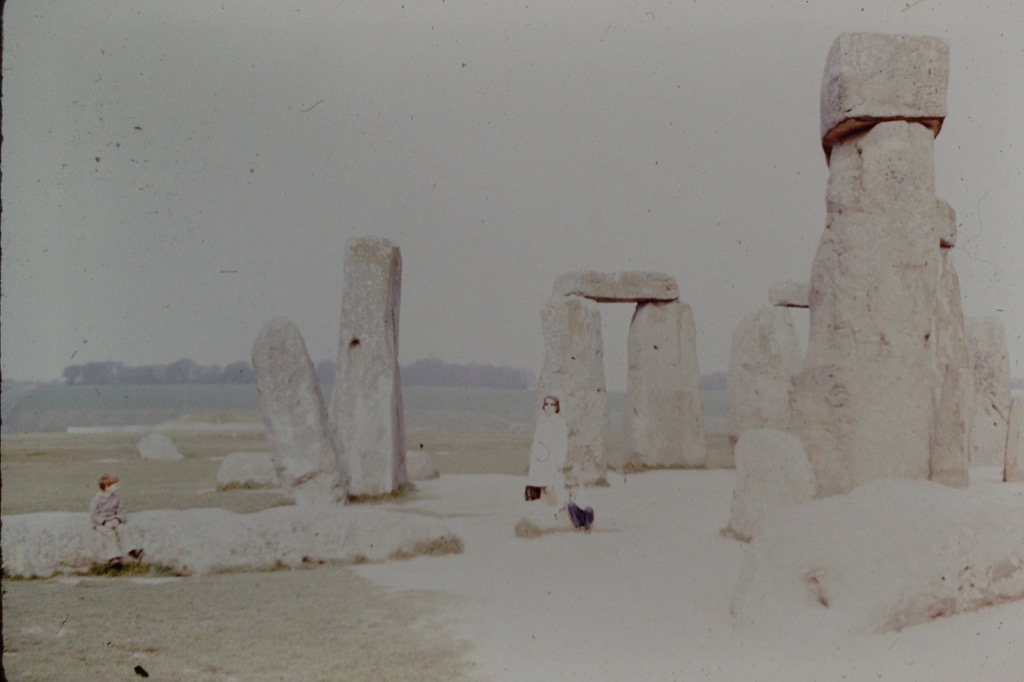
My brother Mike, my Mother, and me, at Stonehenge, in 1972.

A photo from our hotel in Dubrovnik (I think) of the daily market, in 1972.

Clay road in Queens County, 1994, part of my Adventures on the Information Red Clay Road talk.

Road sign on a clay road in Queens County, 1994, part of my Adventures on the Information Red Clay Road talk.
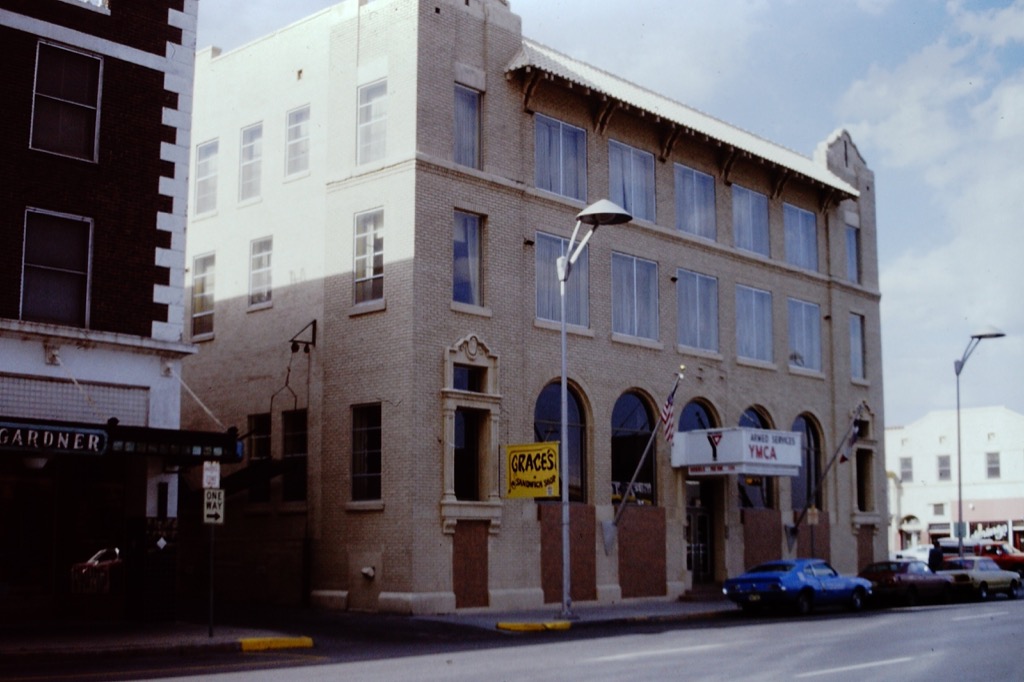
Armed Services YMCA in Texas, taken on a 1980 bus trip with my father.
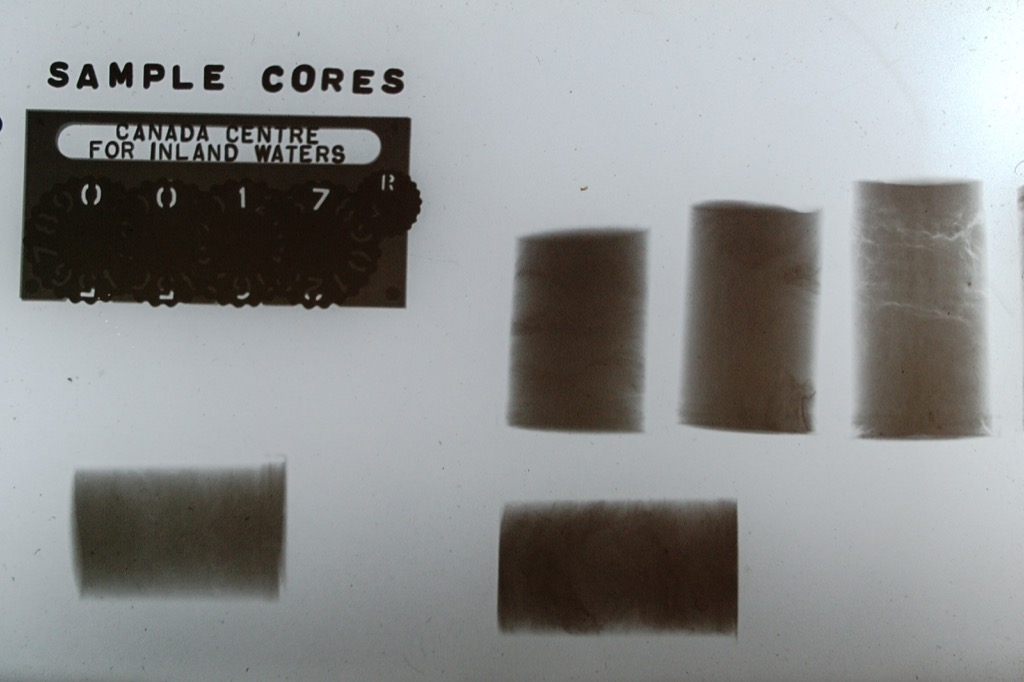
Sample cores, Canada Centre for Inland Waters (my father’s workplace).
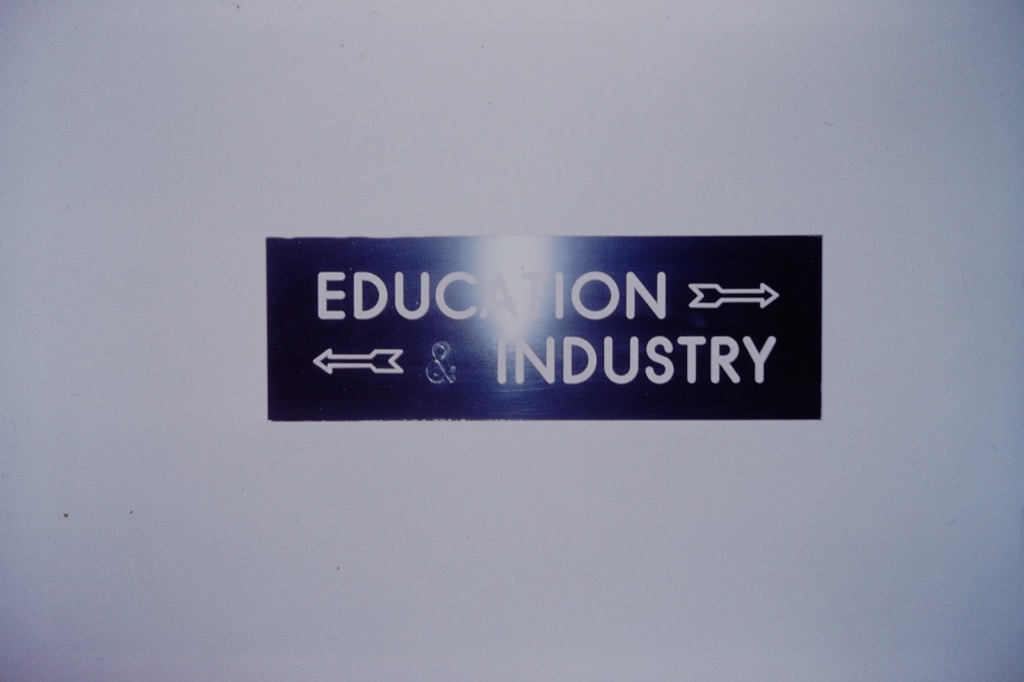
Sign from PEI government campus, mid-1990s.

Catherine, in our Nissan Sentra station wagon, mid-1990s.
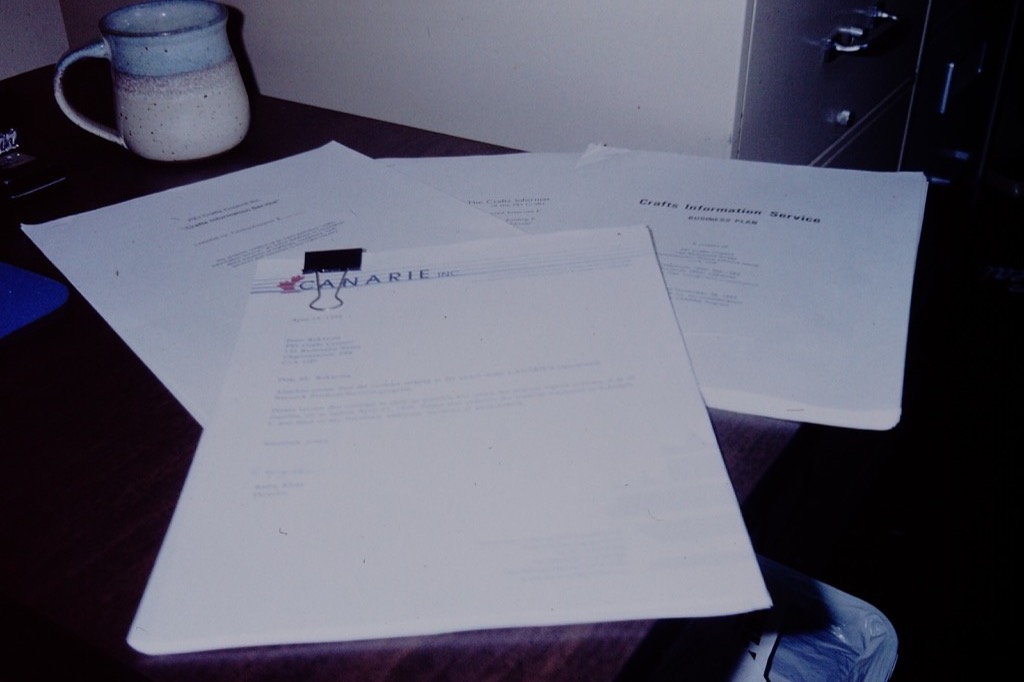
Paperwork for the PEI Crafts Council CANARIE application, 1994
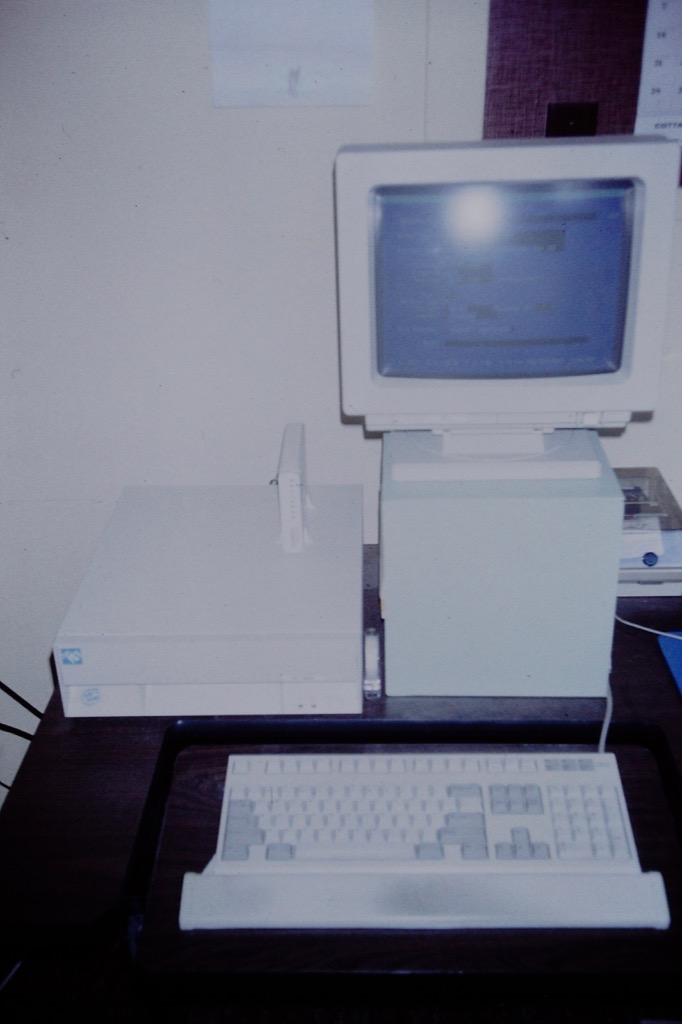
Prince Edward Island’s first webserver, an IBM PC Junior, at the PEI Crafts Council, 1994.
That last photo, of the Island’s first webserver, was a particularly happy find, as there’s precious little documentation of that project and of my early work on Prince Edward Island. I spent hours and hours and hours in front of that machine over the first 18 months we lived here, and was able to squeeze so much out of it that it was never intended to do.
In 2014 I posted about our energy consumption at 100 Prince Street: that year we used 3,710 litres of home heating oil.
I asked Kenmac Energy for a statement of the three years we’ve been a customer (we switched from Coop Energy when it shut down) and they helpfully provided it. Combining that with data from Coop Energy, here’s what we consumed:
- 2016: 3710 litres
- 2015: 3920 litres
- 2016: 4264 litres
- 2017: 4391 litres
- 2018: 4421 litres
Here’s a visualization of our usage, contrasted with the annual heating degree days for Charlottetown (from here: a measurement designed to quantify the demand for energy needed to heat a building. It is the number of degrees that a day’s average temperature is below 65o Fahrenheit):
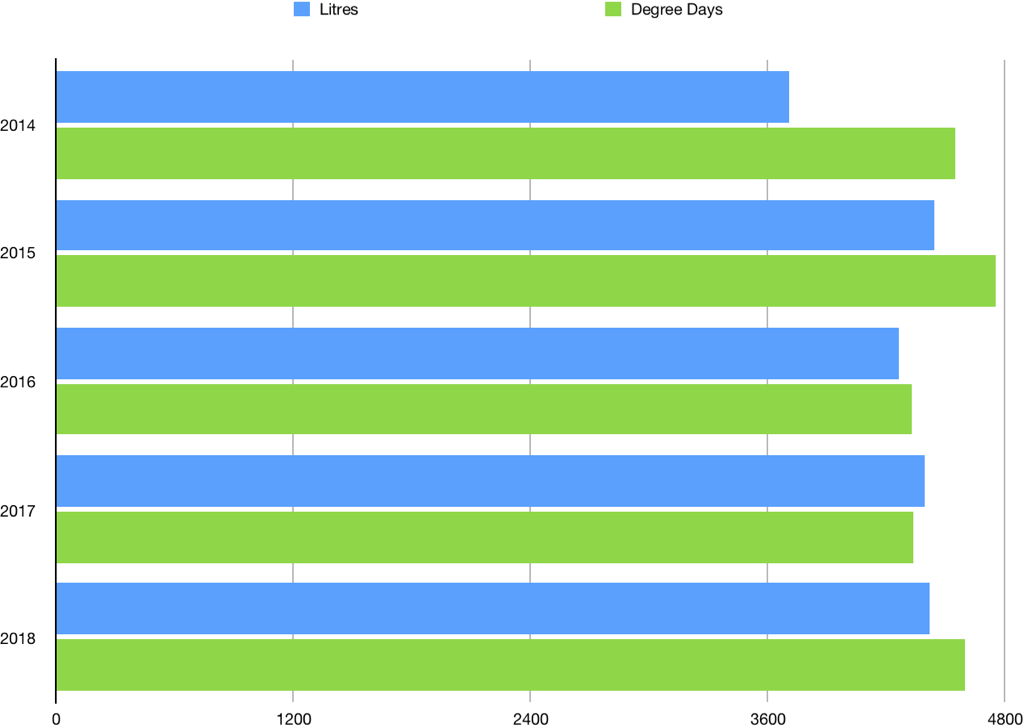
Our consumption has gone up 711 litres/year from 2014 to 2018, but otherwise appears to be generally related to the number of heating degree days, which makes sense; given the number of degree days in 2014, though, I’m wonder if I under-reported the figure for that year.
I do all this calculating by way of trying to determine the way forward for how we heat our home.
We got a (very) ballpark estimate of $36,000, all-in, for replacing our oil-fired boiler with a high temperature vertical closed-loop geothermal system; while such a system wouldn’t take our energy costs to $0, as the system requires electricity, it would be dramatically less expensive.
We spent $4500 for our 4421 litres of home heating oil last year, so, very crudely, the geothermal system would have a payback period of 8 years. Which seems pretty amazing (assuming, of course, free and ready access to $36,000).
Our EnerGuide home energy audit last year estimated that we’d consume 4881 litres annually, which would emit 13.4 tonnes/year of greenhouse gas emissions; at that rate, we emitted 11.6 tonnes/year of greenhouse gases from home heating last year, and a geothermal system would take that down much closer to net-zero, which must be figured into any calculations we make.
Jacqueline Mabey makes a case for meditation in a most eloquent and convincing fashion. I would quote from it, but it demands to be read as a whole.
There’s a bug in Charlottetown’s crow population operating system that’s caused hundreds of birds to congregate in our back yard. It’s very weird. See also The Crow Agenda.

This season I’m deeply invested in two television shows Counterpart and Berlin Station.
That they are both set in Berlin, and that they both feature the actor James Cromwell, to say nothing that Counterpart requires intense concentration to keep track of (without giving too much away, there are two Berlins involved), means that I’m forever getting characters and situations confused. But I persevere, as both are compelling television.
While Counterpart has a grey palette appropriate to its dystopian nature, Berlin Station is full of the colour of the city, and no colour is more dominant than yellow, as you can see in the opening credits, which start with the approach of a yellow U-Bahn train and go on to feature more yello trains, buses, street art, sunsets and sunrises:
The Berlin Typography blog, as it happens, has a feature, The Colours of Berlin: Yellow, posted today, that furthers the case for yellow being Berlin’s colour.
 I am
I am